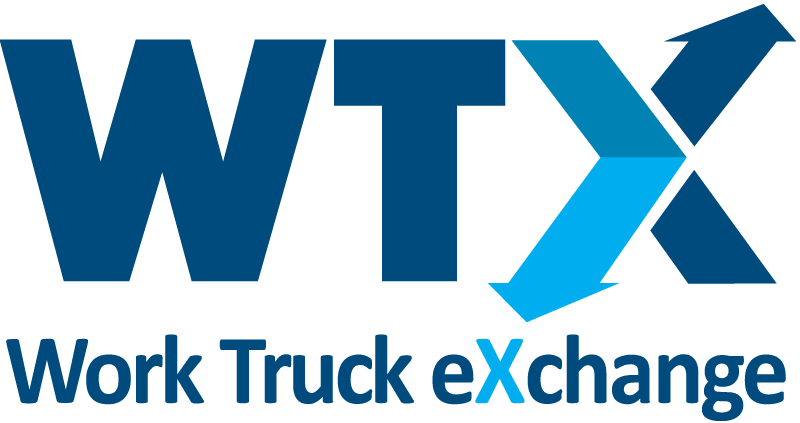Five factors — vehicle complexity, unscheduled maintenance, parts delays, inflation and labor costs — have contributed to double-digit price increases.
Unpopular Flat-Rate Compensation Contributes to Shortage of Repair Techs
A tech’s pay is determined by the type of job and whether they can complete the repair in less time than specified by the flat-rate, which will allow them to increase their work volume.

